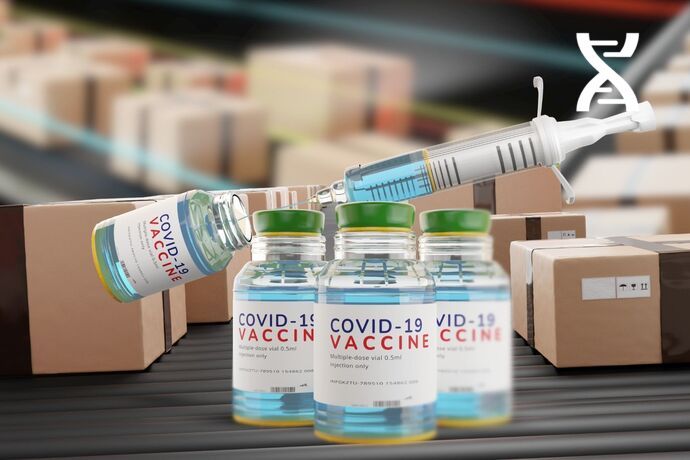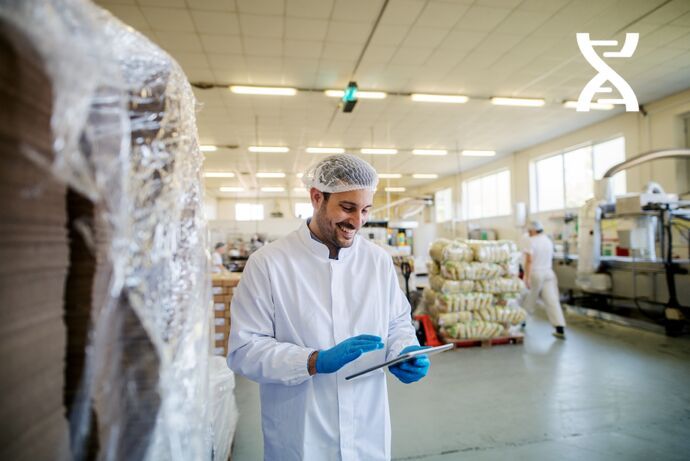A challenge for the cold supply chain
At a time when the French National Authority for Health is presenting its recommendations on vaccination policy, the vaccination of the French population against Covid19 represents a challenge for cold supply chain operators. Indeed, they will have to ensure unfailing respect for the cold chain, to store and transport millions of vaccines at extreme temperatures of -20°C and even -80°C, depending on the different vaccine suppliers.
The cold chain, also known as the refrigeration chain, is the set of logistical and domestic operations, i.e. transport, storage and handling, used to transport heat-sensitive products, i.e. products whose properties can be altered above a specific temperature. The aim is to guarantee that the properties of these products are preserved, to ensure the durability of their qualities, to prevent the environment from heating up and to avoid the development of micro-organisms. The word "chain" underlines the importance of the continuity of these stages: the cold chain is broken as soon as the preservation temperature range is not respected, and this break can have lethal consequences. It is therefore essential to be vigilant in respecting every link in the chain, starting with production, where every manufacturer of heat-sensitive products has only one objective: to supply a safe end product.
During the storage period, each player has a duty to maintain the specific temperatures required, as defined by the health regulations authorities. Then, during transportation, the product must be transported in such conditions that the required temperature is maintained throughout the entire journey, whether at controlled temperature in a refrigerated truck and/or in self-contained isothermal packaging that complies with European standards. And finally, in terms of delivery, the final destination of the product is the place where the consumer will store his goods in an appropriate and secure location, for a product that has retained all its original qualities.
A real challenge for the cold chain for Covid vaccines19 :
France has pre-booked 90 million doses of vaccine with five laboratories for the first quarter of 2021. For example, the Moderna vaccine has to be kept at -20°C degrees, while Pfizer's vaccine has to be kept at -70°C degrees, which doesn't fit in a conventional freezer. It's a technical and logistical challenge that the French players in the cold chain are preparing for. Fortunately, France is at the cutting edge in this field, with one of the best cold chains in the world for storing and distributing vaccines at controlled temperatures. In fact, it has a fleet of refrigerated trucks numbering almost 150,000 - an average of 1 for every 450 inhabitants. But for this particular pandemic, how can millions of doses be stored and transported at temperatures that go beyond ordinary standards? Most refrigerated trucks can only reach a maximum of -20°C degrees, making it impossible to transport Pfizer vaccine.
Technical solutions therefore need to be found: the solution of containers using dry ice is being considered, although it is technically complex, and inevitably entails considerable additional costs. This technique is already used for transporting fire extinguishers, chemicals and certain pharmaceutical products other than vaccines. But this dry ice is rarely used at temperatures below -20°C, so much more will have to be produced to reach the required -70°C, and special isothermal packaging will have to be used.
On a large scale, liquid CO² will have to be delivered and supplied in highly unusual quantities to make this dry ice, which is problematic in terms of supplying order and distribution volumes.
There are also other technical solutions that are quite similar and operate on the same principles, such as storage and transport under nitrogen, or the use of cryogenic units.






